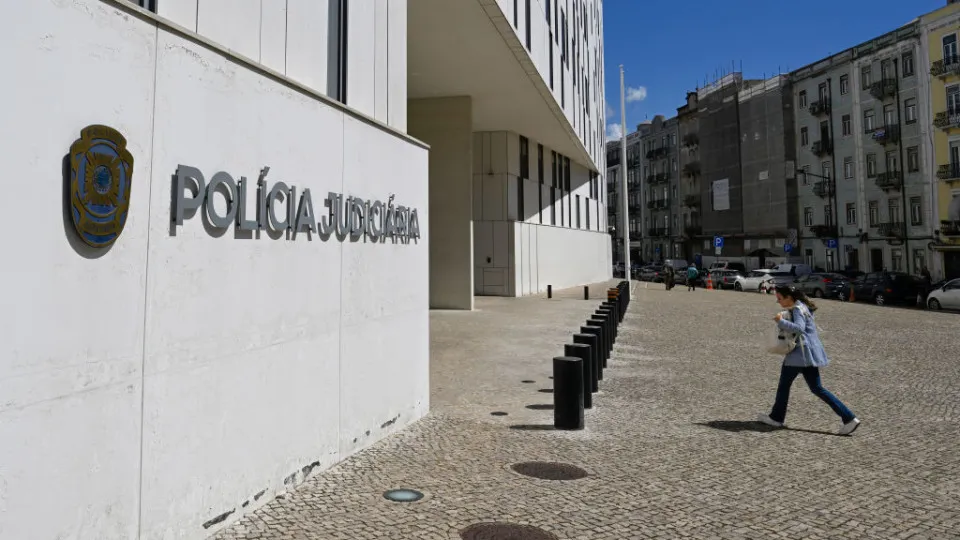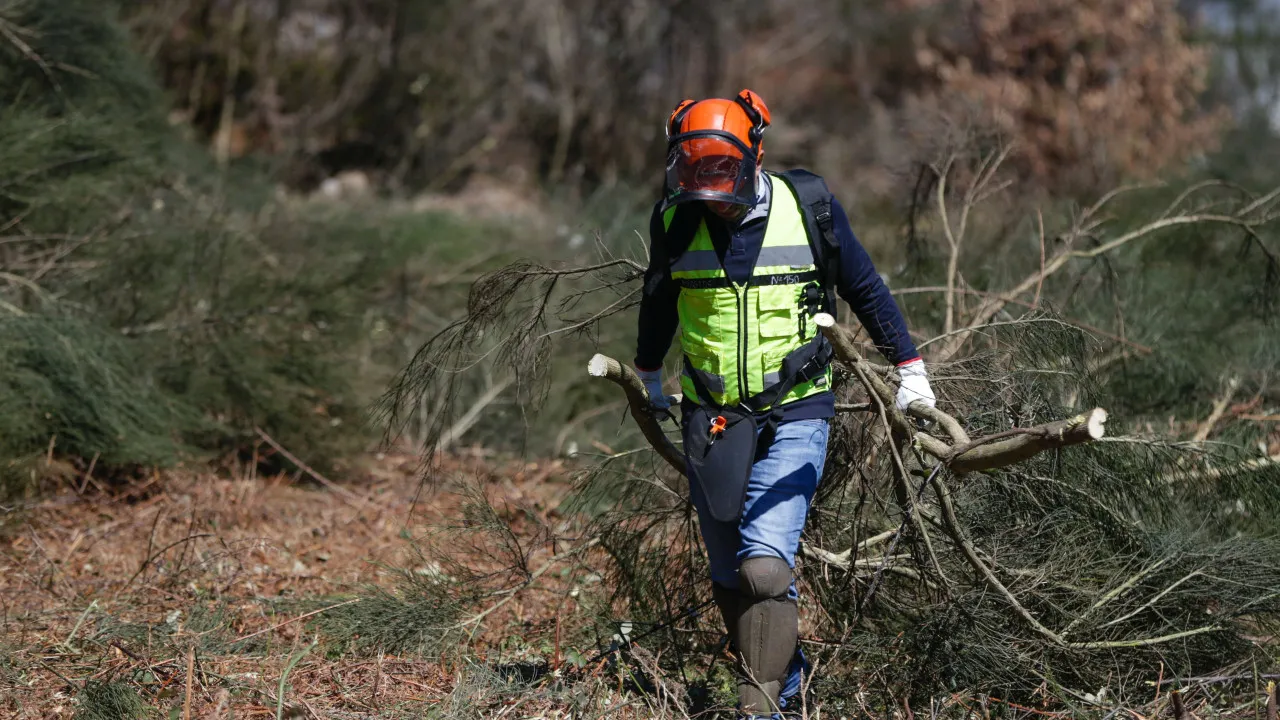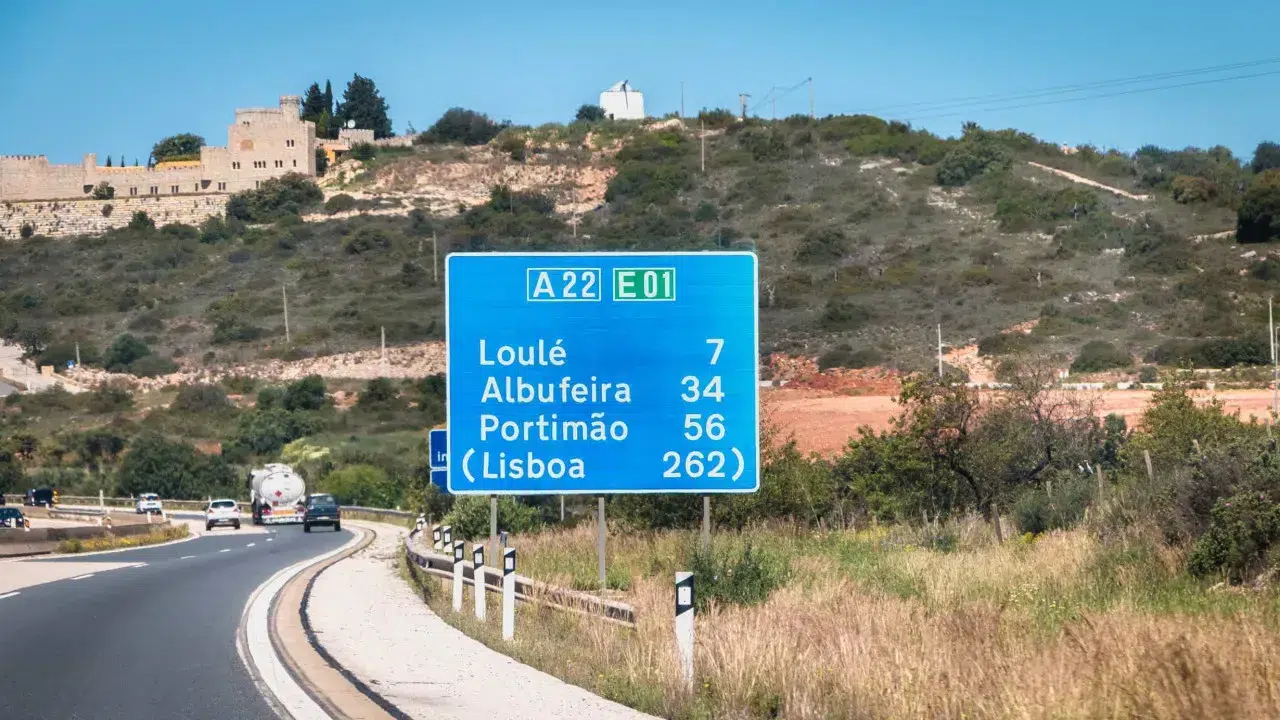The Portuguese Environment Agency (APA) warned today that the Algarve is still in extreme hydrological drought, despite the fact that the rainfall recorded in the last week has raised the dams’ reserves to 44% of their total storage capacity.
Following the increase in the volume of water available in the Algarve’s six dams, the hydrological situation and the respective projections will be assessed once again to decide whether it is possible to ease the restrictions imposed in February to cope with the drought in the region, the APA said in a statement.
Among the contingency measures applied by the government to preserve as much water as possible in the Algarve is a reduction in consumption in the urban sector (15%) and in agriculture (25%), a sector that has already come out in favor of easing the restrictions as it considers that the volume of water collected with the latest rains allows for such a review in April.
“Since March 25, and as a result of the significant rainfall recorded, particularly last weekend in mainland Portugal, there has been a recovery of around 36 hm3 [cubic hectometers] in the storage of the main surface reserves in the Algarve region, equivalent to 30% of meeting the needs for public supply, agriculture and tourism,” said the APA.
The same source pointed out that the rain that fell during Easter week left the Algarve’s six dams – Odelouca, Arade, Funcho and Bravura, in the west, and Beliche and Odeleite, in the east – with “a volume of around 195 hm3 (corresponding to 44% of total storage capacity)”.
“Compared to the same period in 2023, there is still a deficit of approximately 2 hm3 of stored water,” said the APA, warning that, “despite the recovery observed, the hydrological situation of the Algarve region still remains the most worrying at national level in terms of availability and still in extreme hydrological drought.”
The APA has announced that in April it will “assess the hydrological situation and its projections, in order to determine the possibility of revising the conditions in force in the region”, while “continuing to ensure at all times that the volume necessary for a year’s public supply is stored in the different natural sources used”.
The Ministry of the Environment also noted that, at national level, reserves are at 89% of their total capacity and 56 of the 80 reservoirs subject to monitoring have water availability of more than 80% of their total volume, while four are below 40%.
“The storage levels for March 2024 by river basin are higher than the average storage levels for March (1990/91 to 2022/23), except for the Ave, Mira, Ribeiras do Algarve and Arade basins,” said the APA.
The Algarve has been on alert due to the drought since February 5, and the previous government approved a set of measures to restrict consumption, namely a 15% reduction in the urban sector, including tourism, and a 25% reduction in agriculture.
In addition to these measures, there are others such as the fight against losses in supply networks, the use of treated water for irrigating green spaces, streets and golf courses or the suspension of the granting of titles for the use of water resources.
One of the sectors most affected by the restrictions on consumption is agriculture and the Algarve’s irrigators have already appealed to the authorities to ease the restrictions imposed on agricultural consumption due to the drought, after the level of the reservoirs rose with the rains recorded at Easter.








